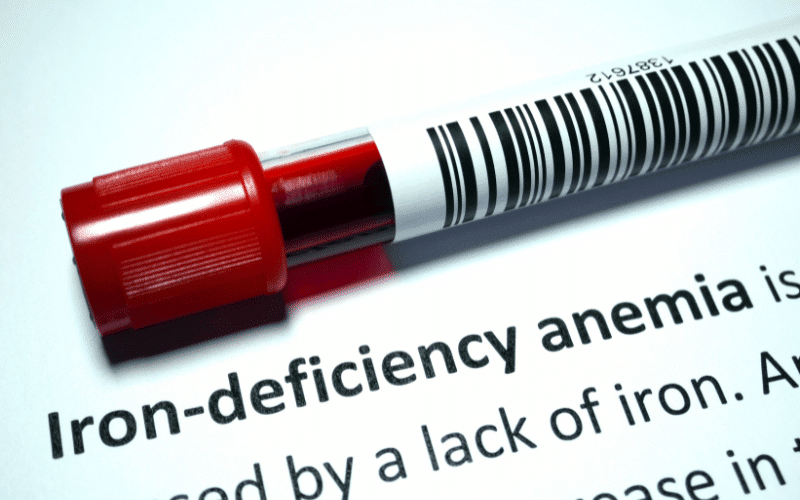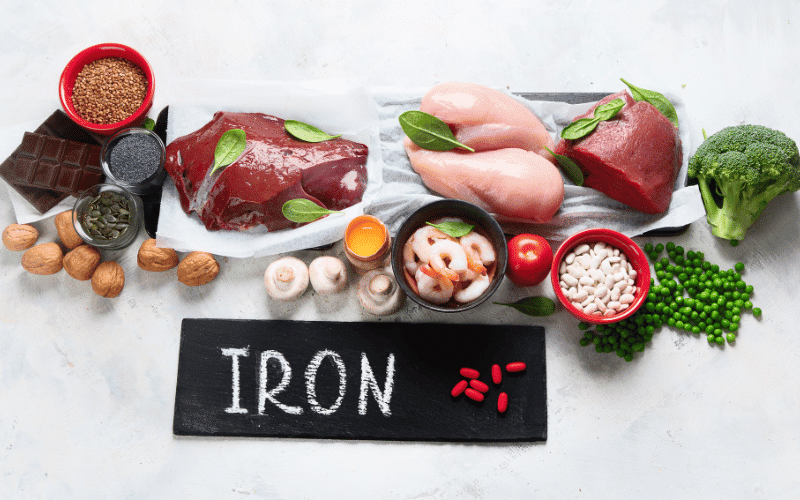Introduction: Why Understanding IDA is Crucial

Iron deficiency anemia (IDA) is a prevalent yet frequently misunderstood condition that afflicts people across all demographics and age groups. This is largely because its causes are myriad, complex, and can often interrelate in ways that make diagnosis and treatment challenging. To shed light on this crucial health issue, we will delve into the ten primary causes of IDA, each offering a unique perspective on how this common ailment can come to pass.
Understanding these causes is essential to both preventing and managing the condition. A comprehensive awareness can inform personal habits, dietary choices, and medical decisions that may mitigate the risk of IDA. Furthermore, such understanding may also be instrumental in developing new treatments or public health initiatives aimed at reducing the prevalence of the disease.
This exploration isn’t merely an academic exercise but a critical step toward an informed approach to health and wellness. Each cause we examine brings a new dimension of understanding, enriching our collective knowledge and individual awareness of IDA.
Through our investigation, we will unravel the complexities of each cause, delve into their individual and societal impacts, and underscore the importance of continued research in this field. So, without further ado, let’s take our first step on this illuminating journey.
Cause 1. Insufficient Iron Intake: The Dietary Dilemma

The role of iron in the body cannot be overstated. As a vital component of hemoglobin, it’s directly responsible for the transportation of oxygen throughout our bodies. When the body doesn’t receive enough of this essential nutrient, it can lead to iron deficiency anemia. This often happens when a person’s diet lacks iron-rich foods.
There’s an element of socioeconomic influence at play here. In parts of the world where diets are predominantly plant-based due to economic constraints, people often lack sufficient iron intake. Fortified grains, red meat, and leafy greens are iron-rich but might not be easily accessible to everyone.
Moreover, certain populations need more iron than others. Pregnant people, children in growth spurts, and menstruating women have heightened iron requirements. These groups, therefore, are more vulnerable to IDA if their iron intake is insufficient.
It’s also worth noting that there’s a spectrum of iron-rich foods and not all sources of iron are created equal. Heme iron, found in animal sources, is more readily absorbed by the body than non-heme iron found in plant sources. Hence, even those with seemingly iron-rich diets could be at risk if their iron intake is predominantly non-heme.
Addressing this dietary dilemma involves both individual choices and broader public health initiatives. From education about iron-rich foods to initiatives aimed at increasing the availability of such foods, there’s much that can be done to tackle IDA caused by insufficient iron intake. (1)